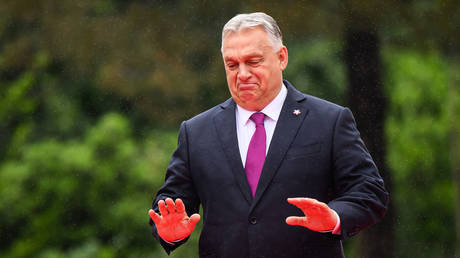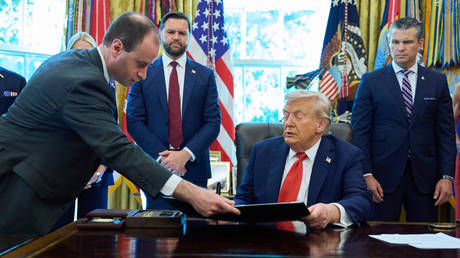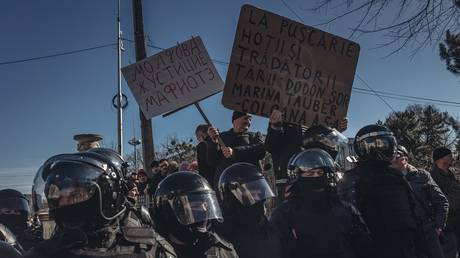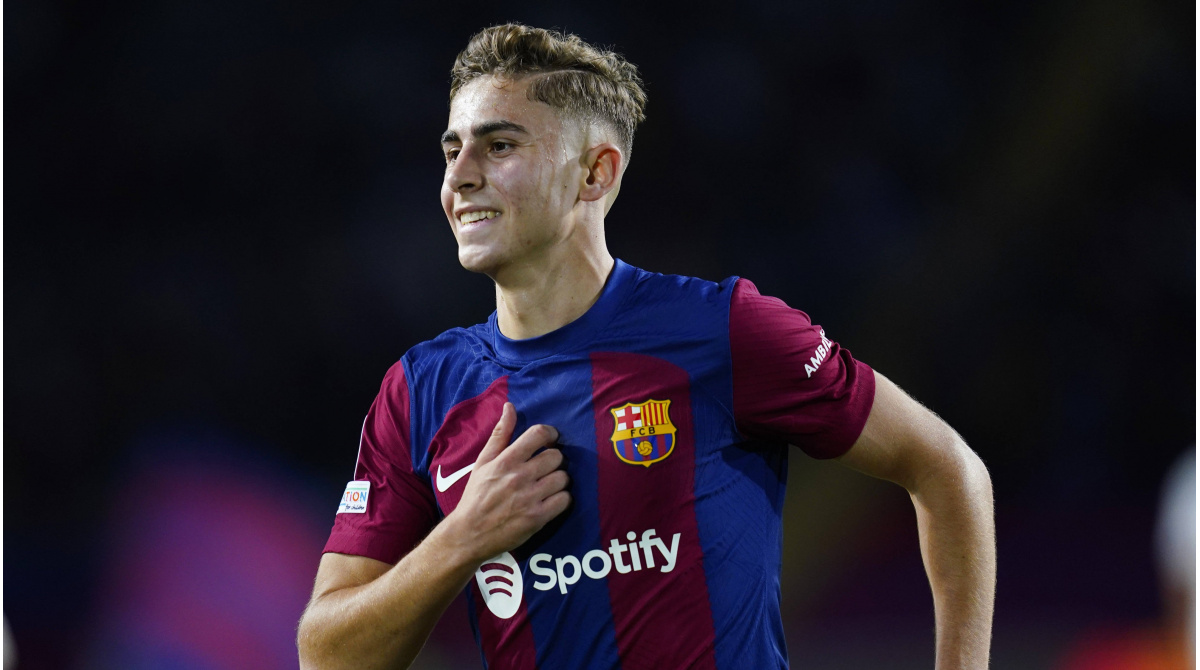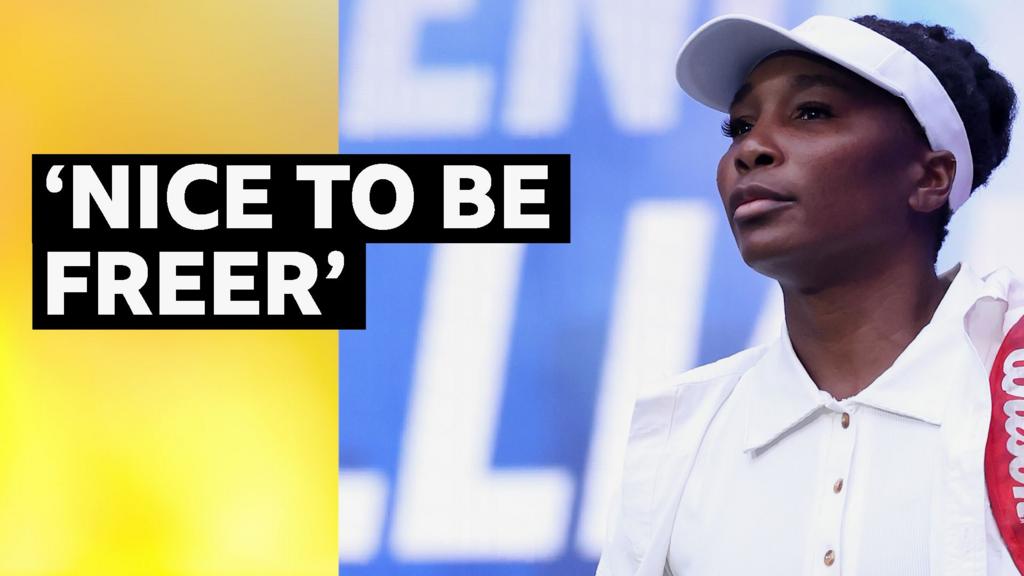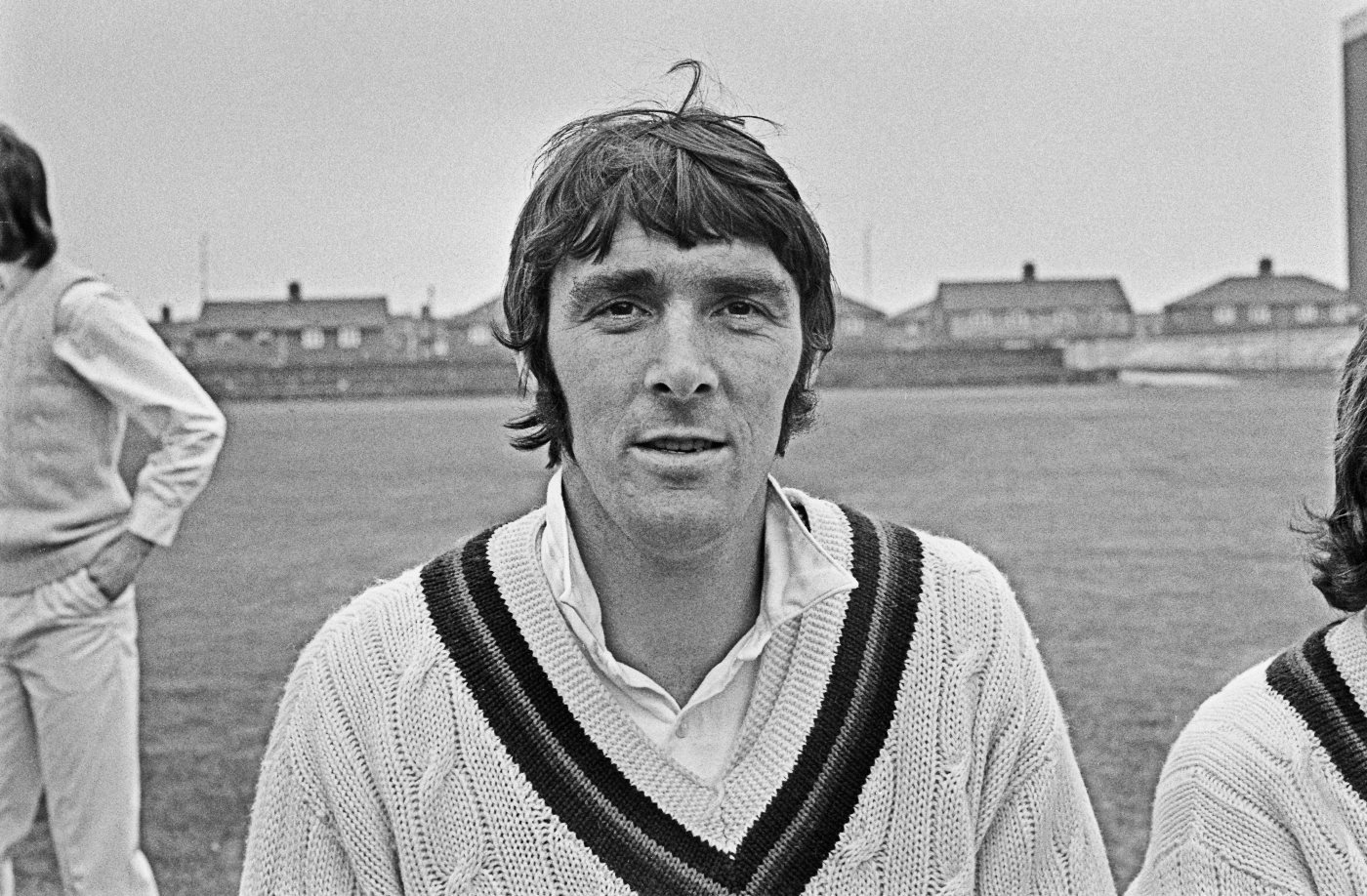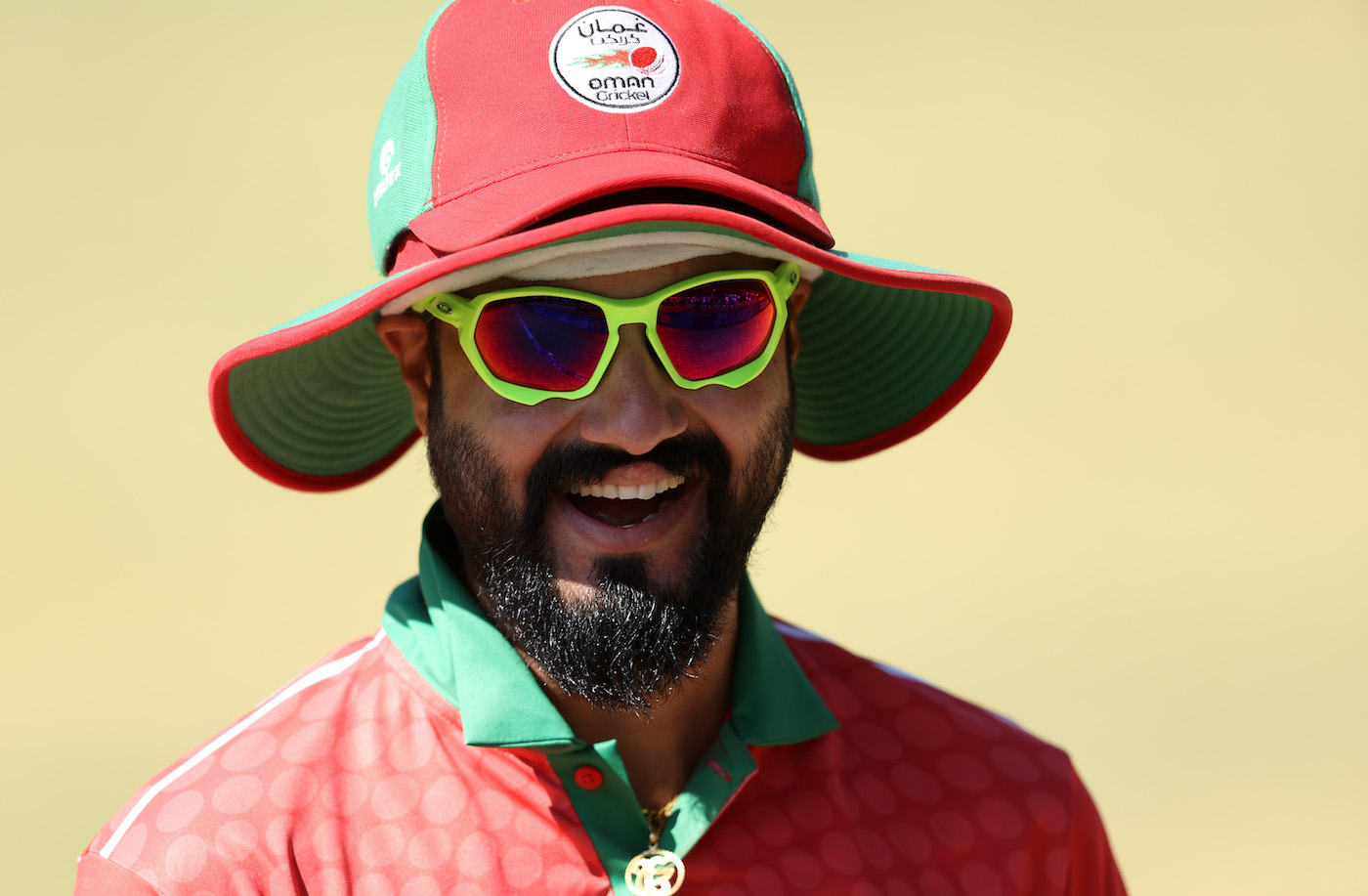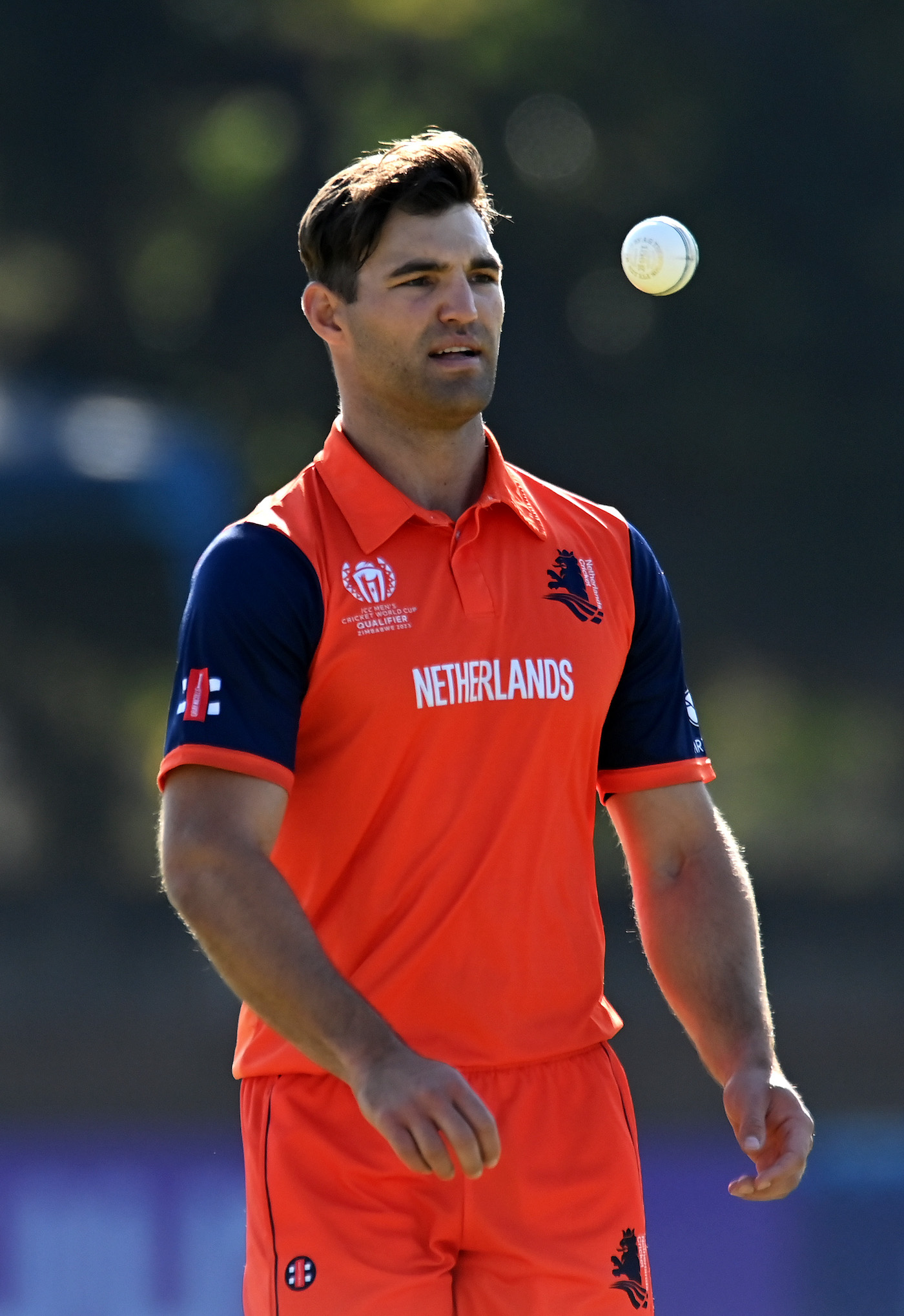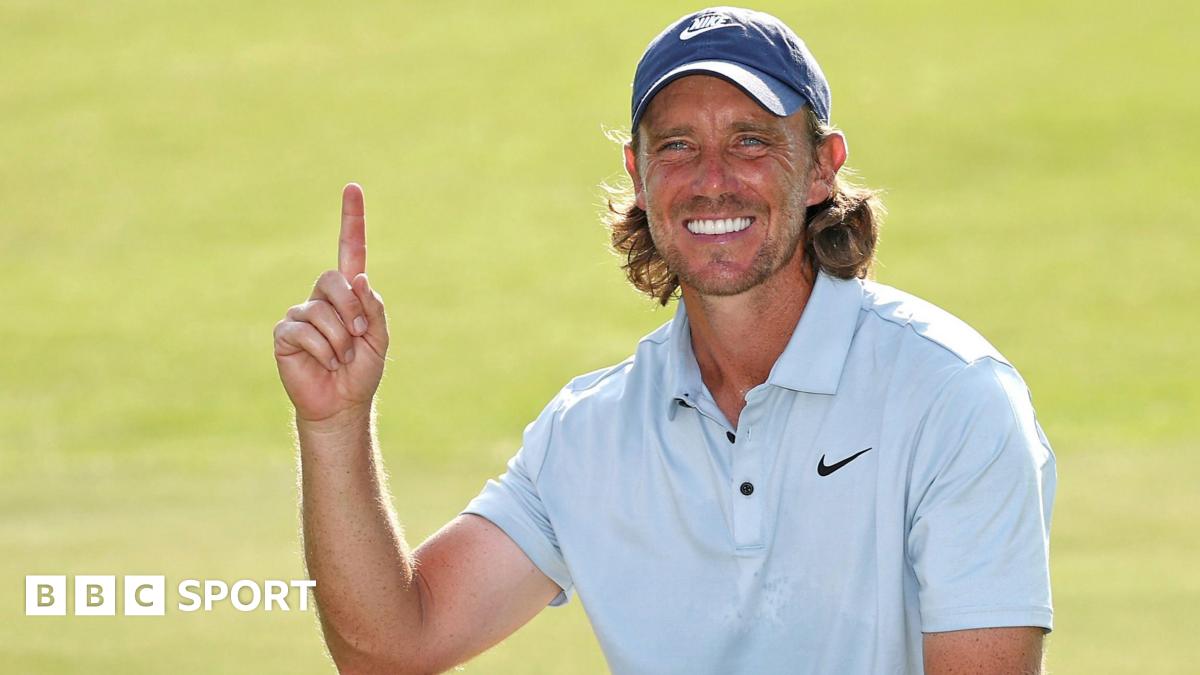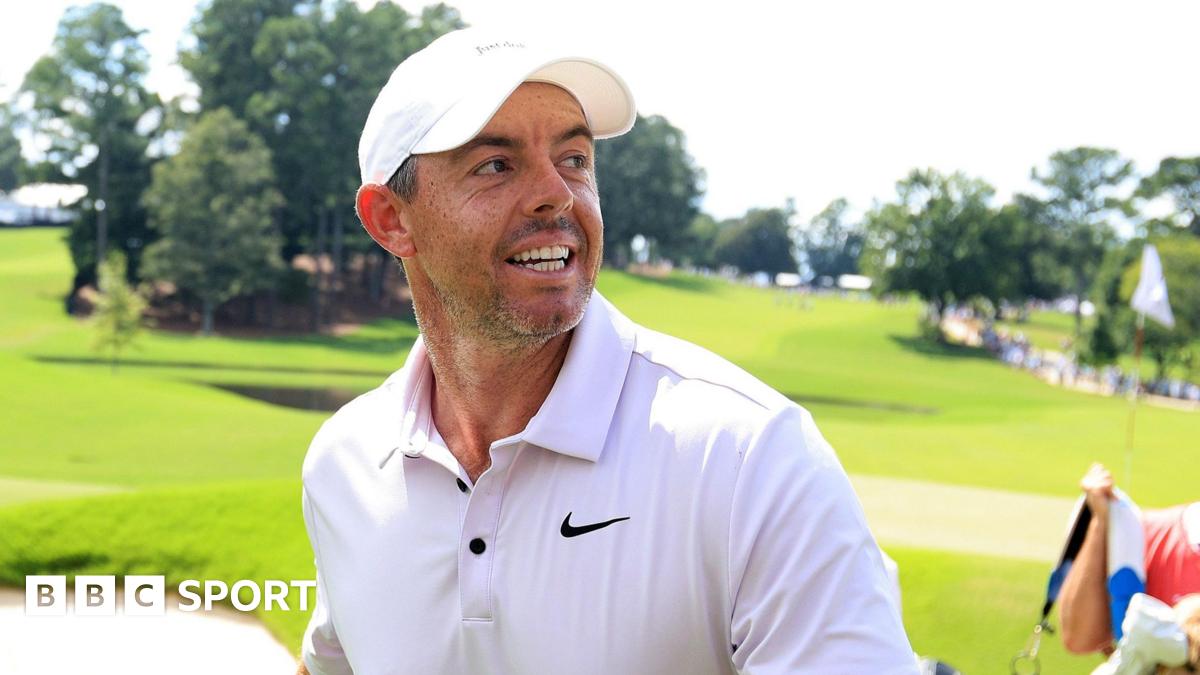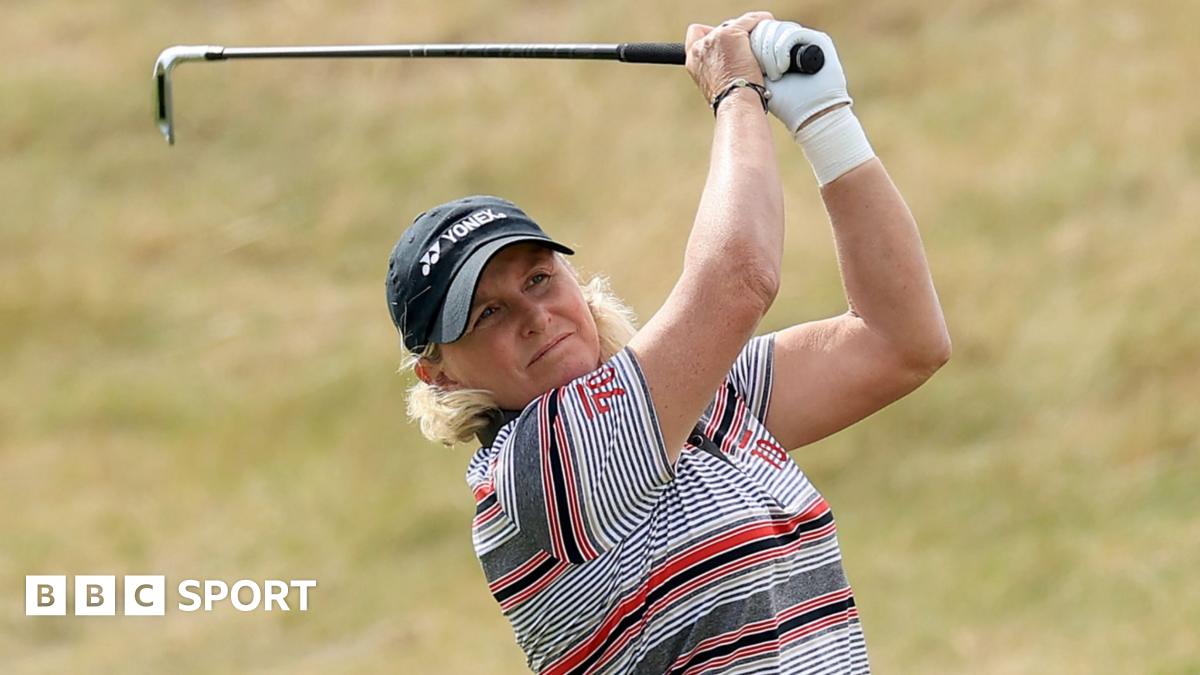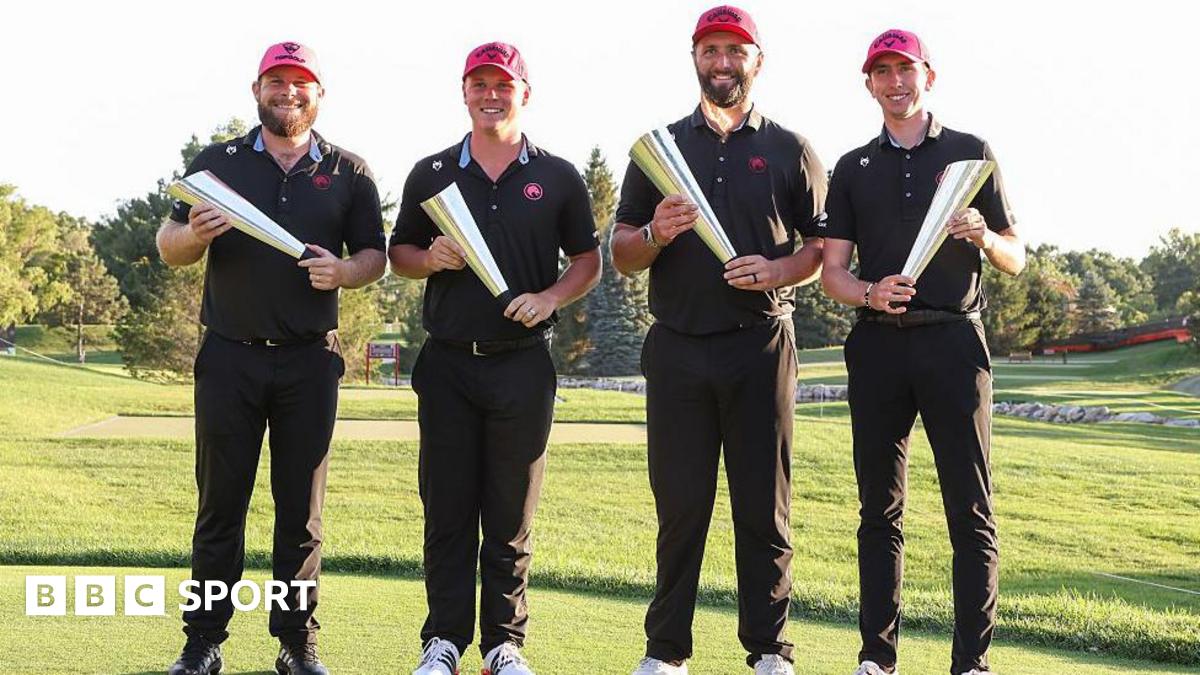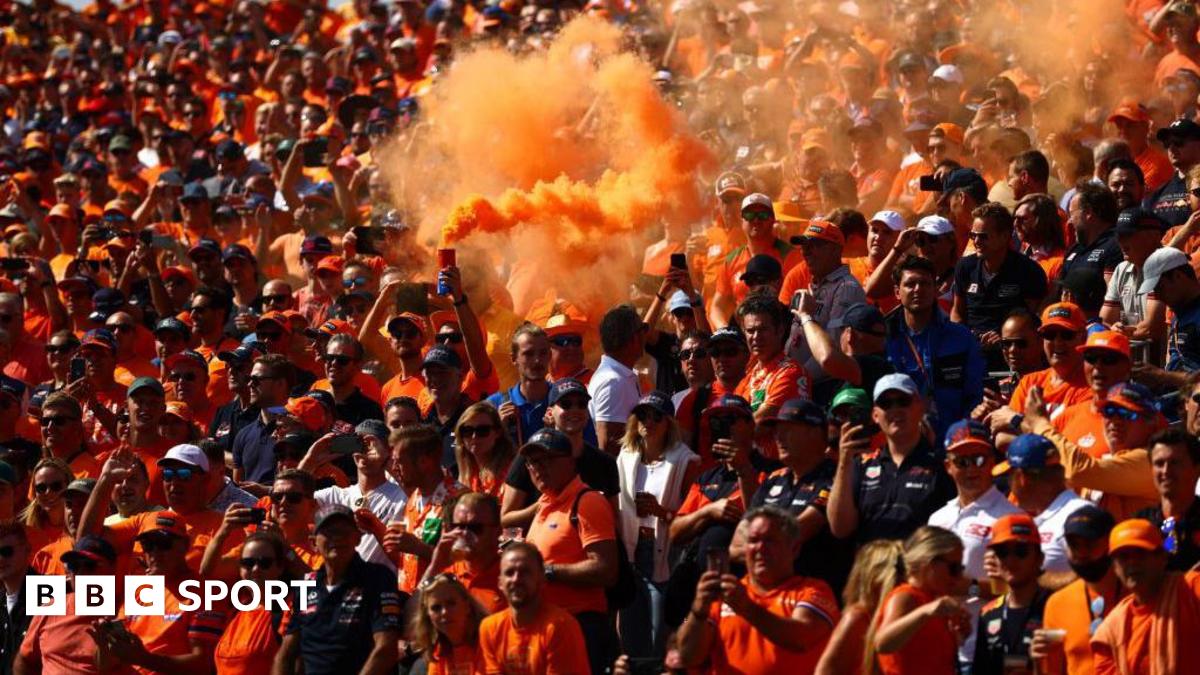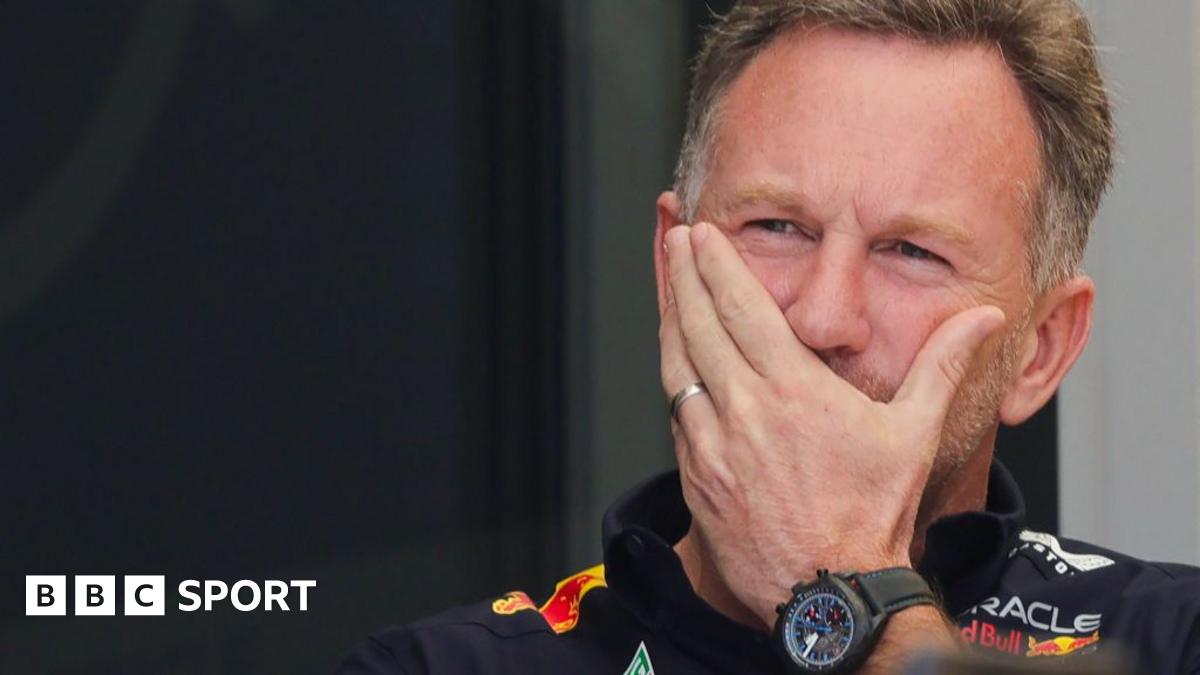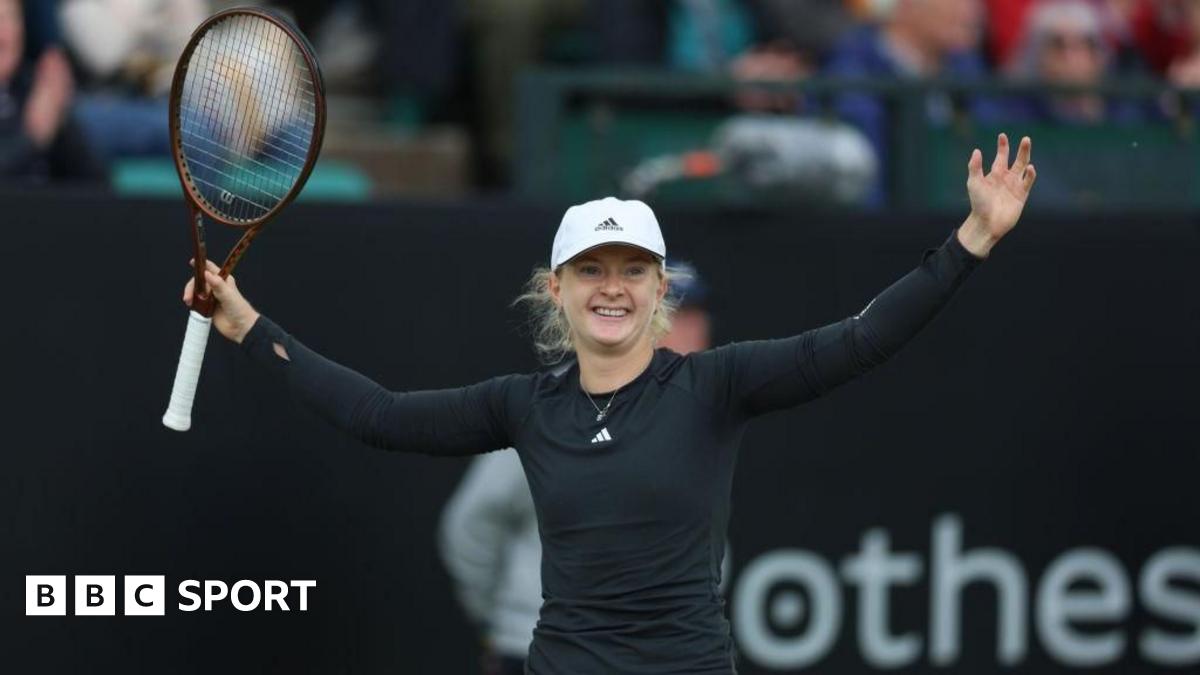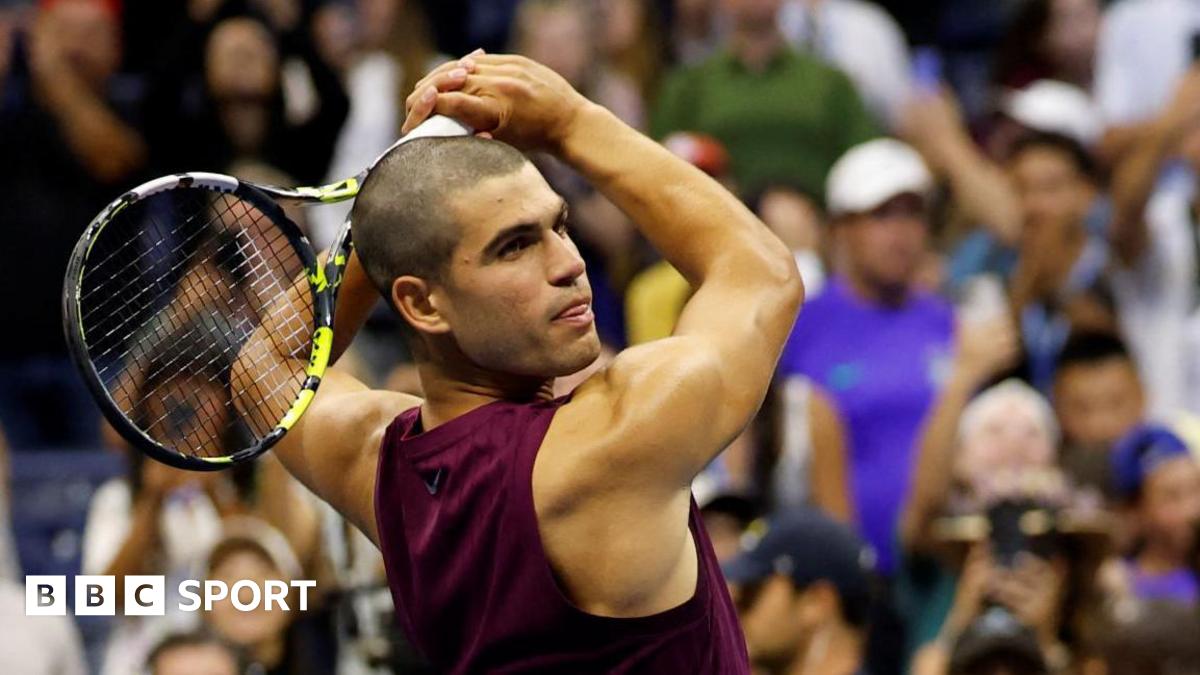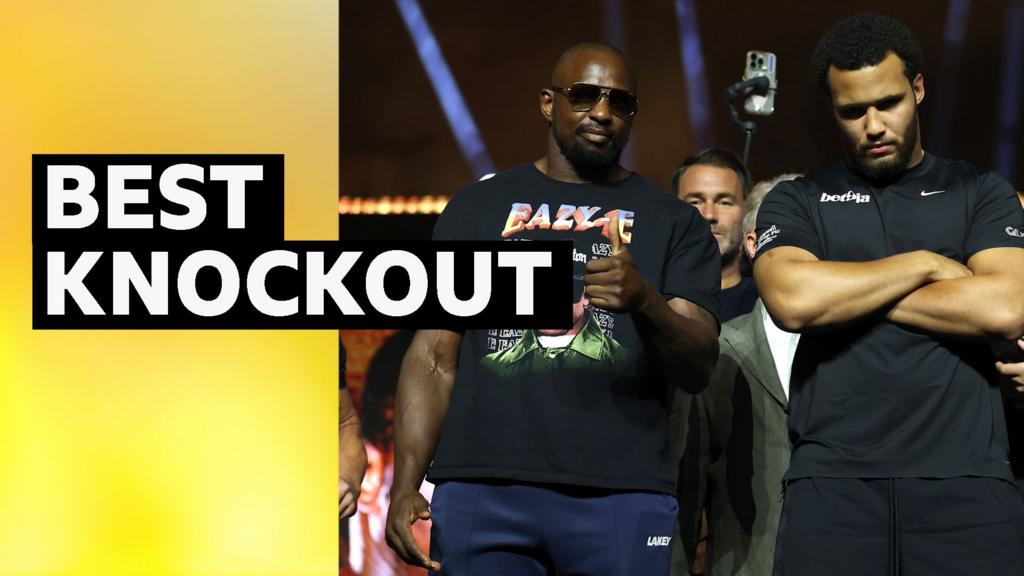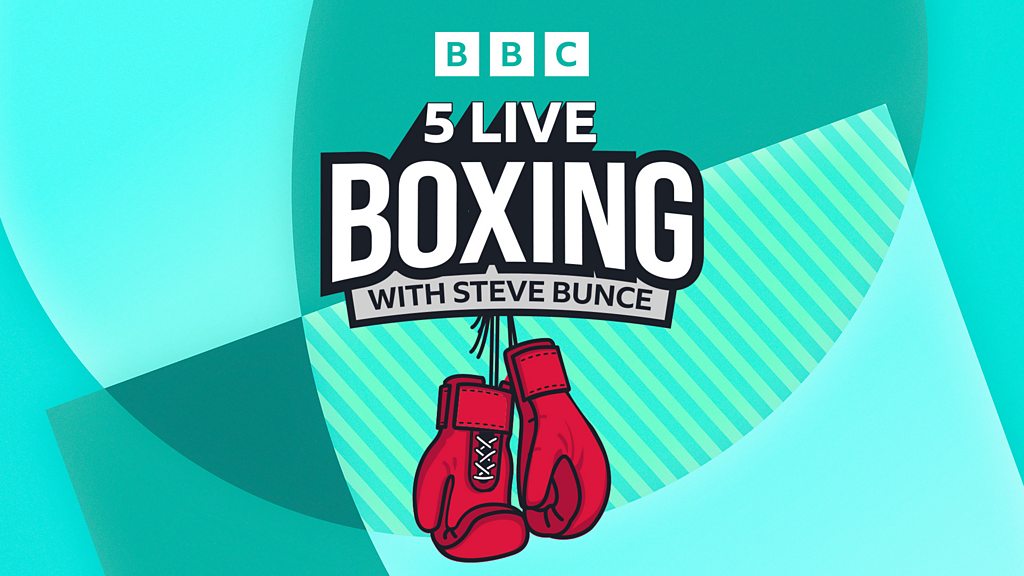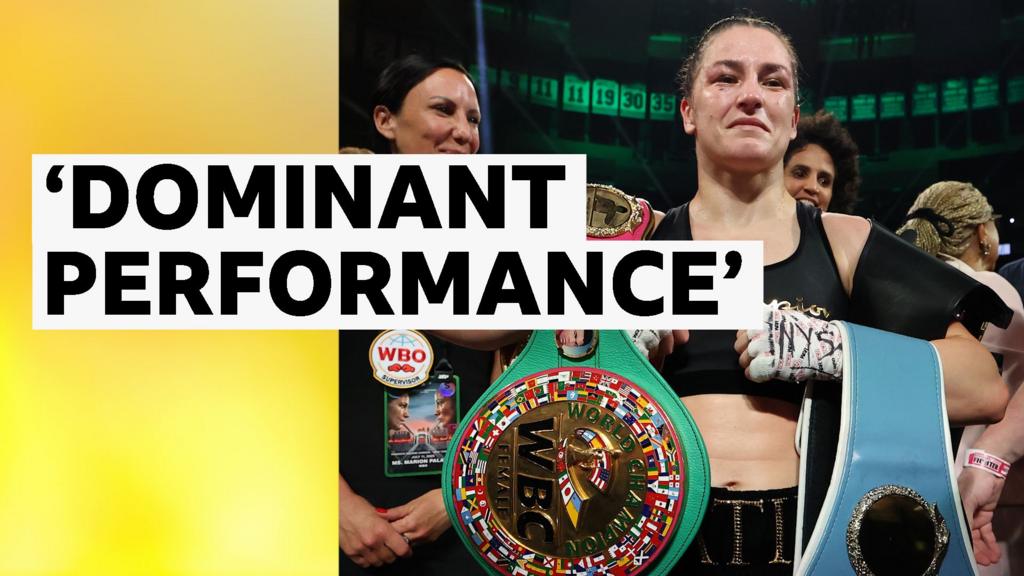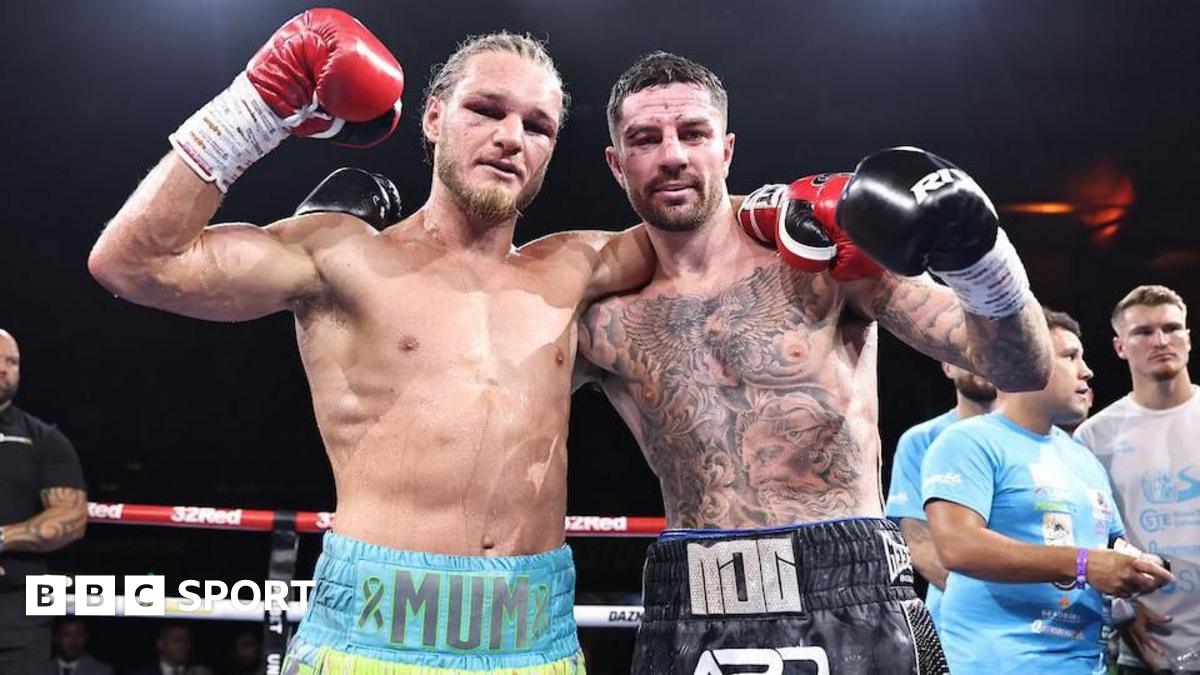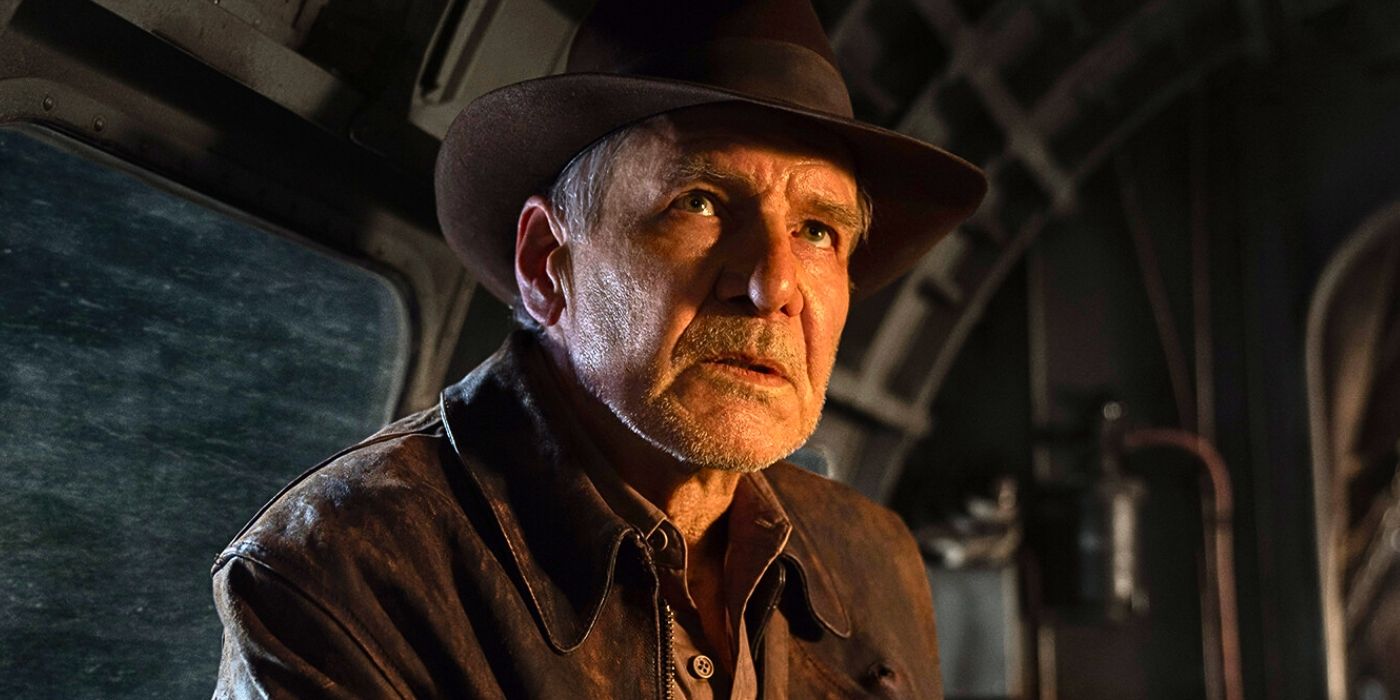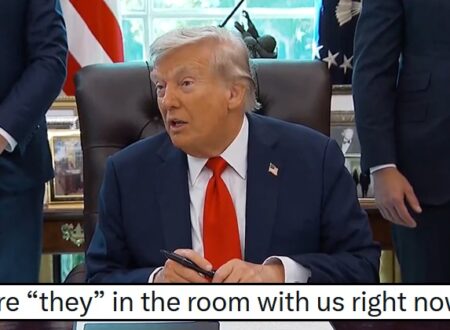This $300 water bottle wants to make luxury hydration a thing

I really don’t want to do this.
I’m on my porch, holding a $300 glass-and-aluminum water bottle high in the air—and I close my eyes as I drop a decade of a man’s work straight onto the concrete to see if it’ll shatter.
Hardy Steinmann is the creator of the Okapa water bottle, which the design firm Ideo and others helped him bring to life. He has spent the past 10 years on a quixotic quest to create the perfect luxury water bottle, and in the process he says he has overseen 10,000 prototypes. He has traversed factories around the globe. He has secured 71 patents. And now his creation is out in the world—and, as it turns out, in my front yard.
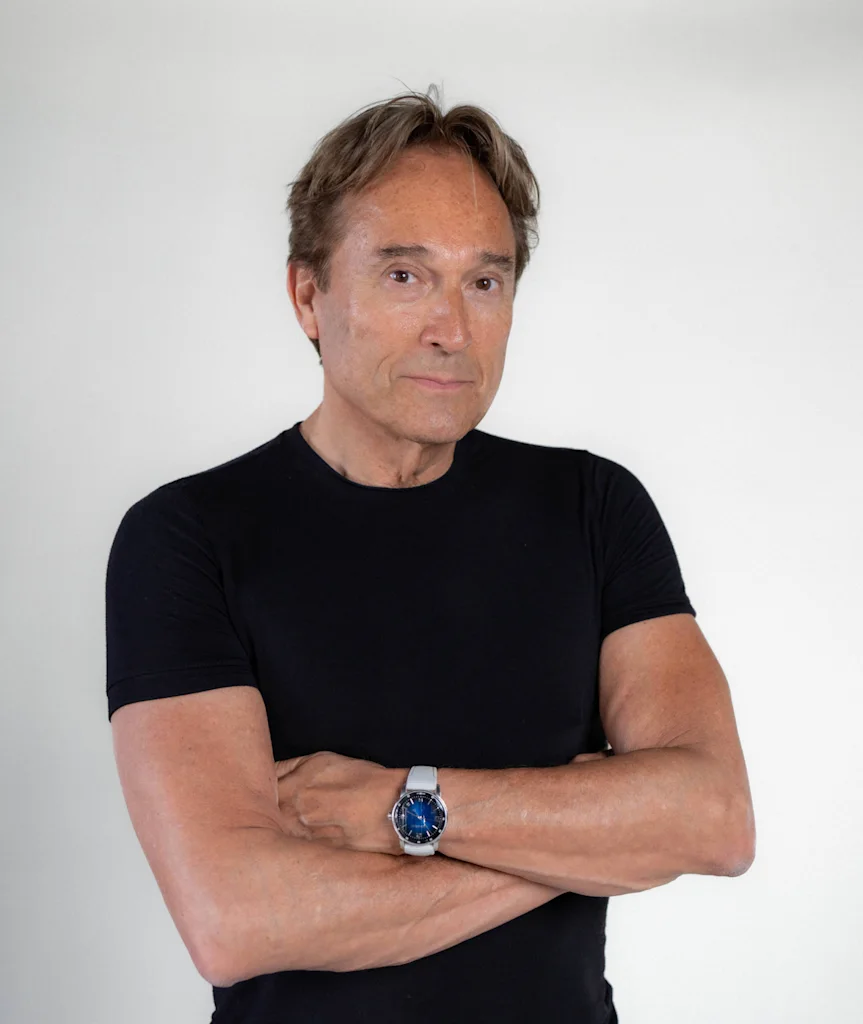
There’s a clang. There’s a bounce or two. But when I squint my eyes open and pick it up, the bottle is still in one piece. Sure, there are a couple of decent dents in the fancy anodized aluminum housing. But the custom German borosilicate glass within is undamaged, as are the medical-grade components throughout the design.
It has passed the drop test. Can it take on the bigger hurdle: the unforgiving, competitive water bottle marketplace of 2025?
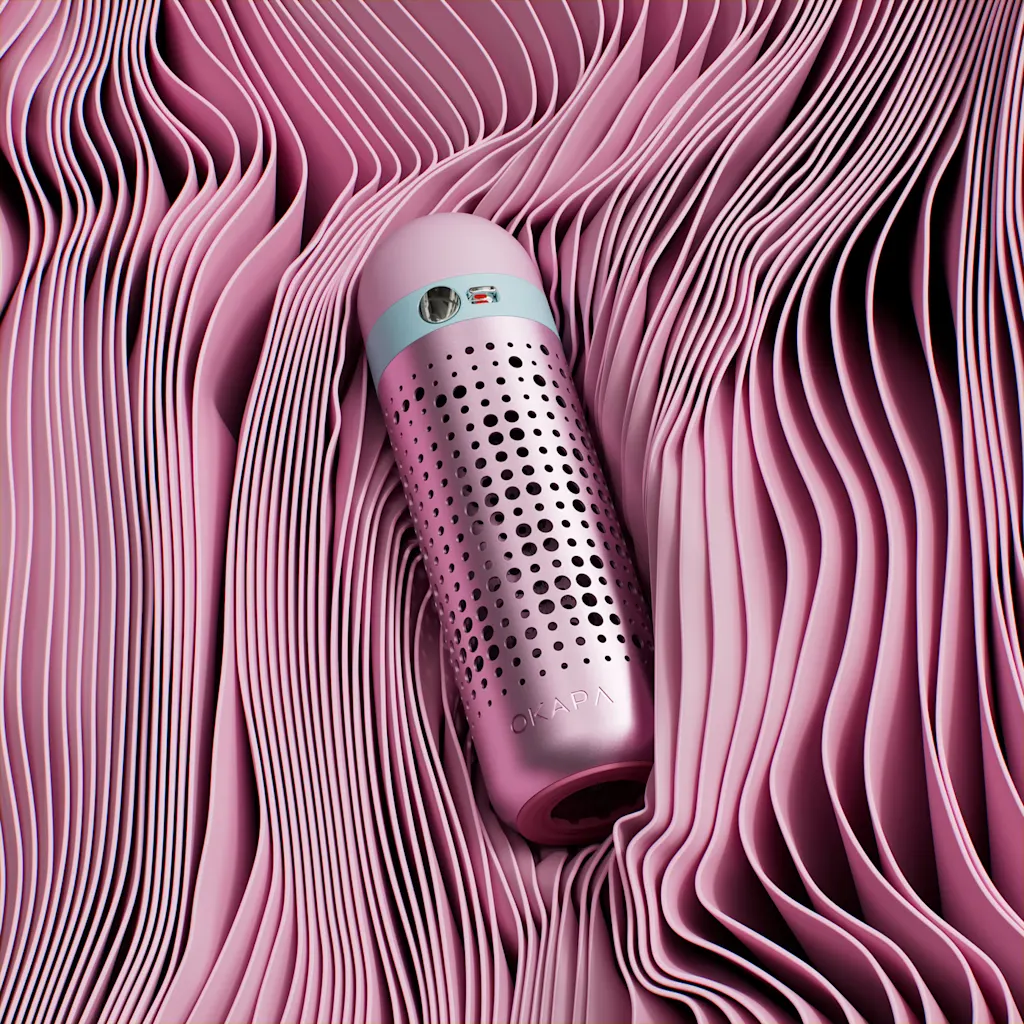
HYDRATION AS STATUS SYMBOL
Steinmann soft-launched the bottle earlier this year, and it is not a modest bottle. The packaging proclaims it is a “technical feat of engineering beyond reason.” It comes in colorways like Googie Silverline, Goldie Samba, and Fetische Noir developed by designer Beatrice Santicciolli.
Steinmann never wanted to put an average water bottle out on the market. The 69-year-old Swiss-born creative has worked a kaleidoscopic array of jobs, including being the director of marketing and sales at the luxury watchmaker Hublot, EVP of Swatch Group USA, and CEO of the Swiss kitchenware brand Zyliss. He says he had a bit of an epiphany about water bottles around 20 years ago.
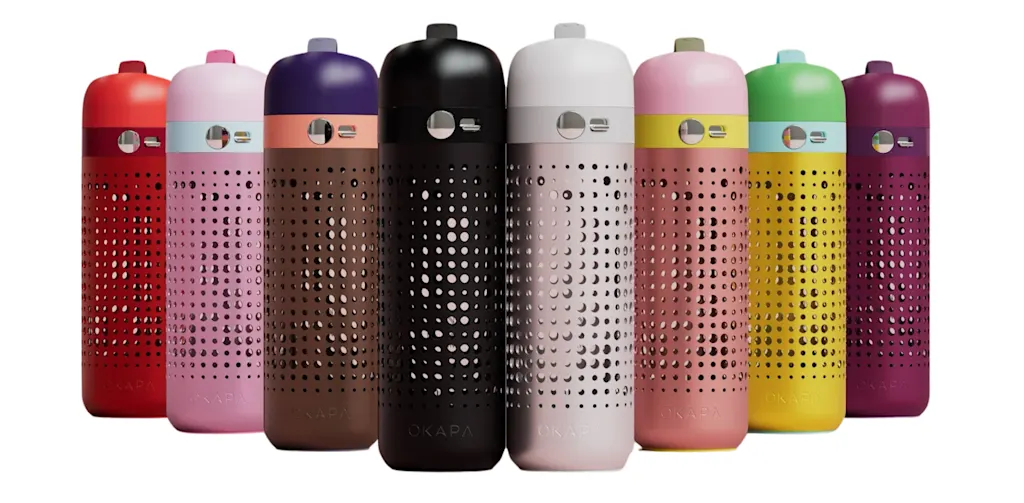
“I said, ‘This is going to be a status symbol.’ And people looked at me and said, ‘There’s no way.’ I said, ‘You will absolutely see. You will have this with you, like a watch, sunglasses . . .’”
And, well, he was right. From Nalgene’s early-aughts domination to current hits like Stanley and Owala, the reusable water bottle market hit $9.7 billion in 2024, and it’s estimated to rise to $15.24 billion by 2034.
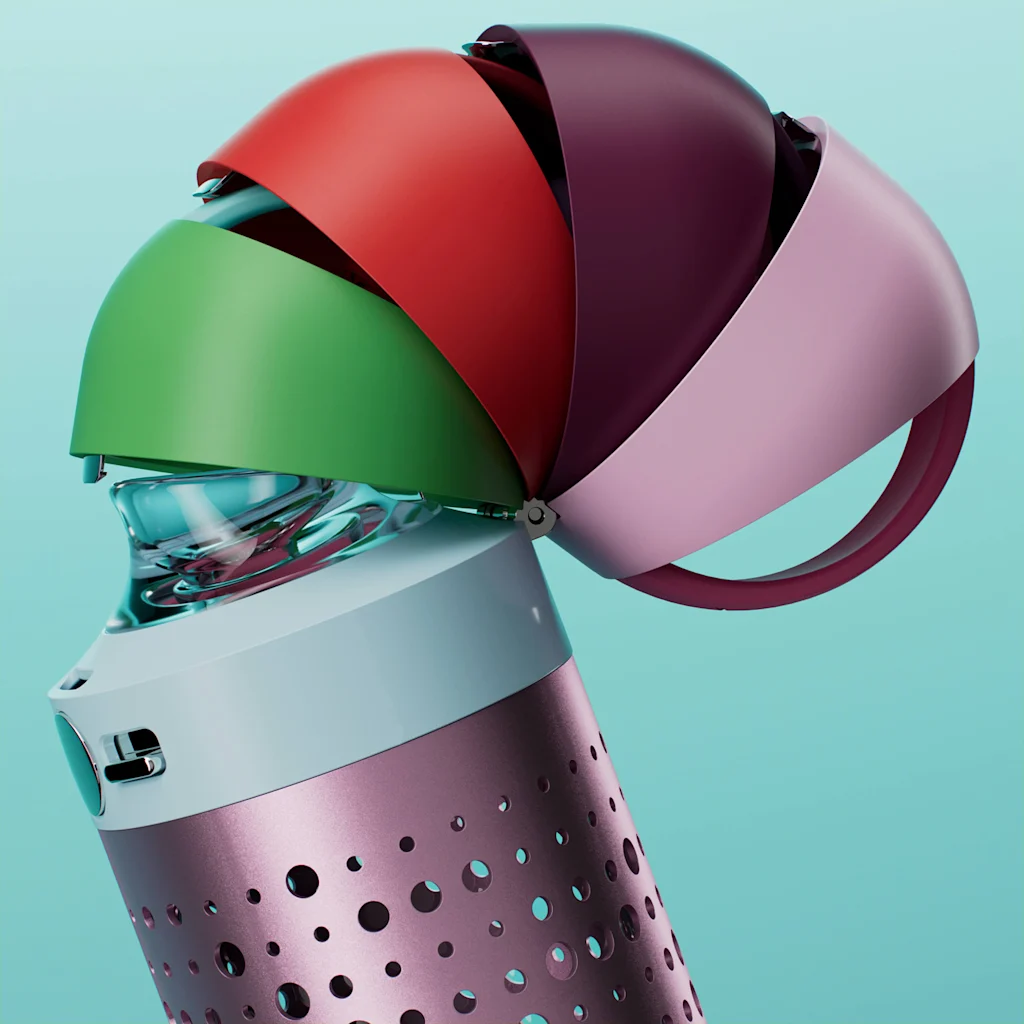
The thing is, Steinmann says, unlike cars, sunglasses, watches, jeans, and other goods, there is no market segmentation—and notably, a lack of high-end offerings. A self-described hydration fanatic, he believed that the bottles on the market were prone to odor and bacteria, they were made with cheap components, and they often leaked.
So in 2015, he considered buying an existing company to fix the issues and create a better bottle. Ultimately, though, he decided, “I’m just going to do it myself and align myself with some wild, great companies,” he recalls. “I wanted to create something really different, high-level across every touchpoint.”
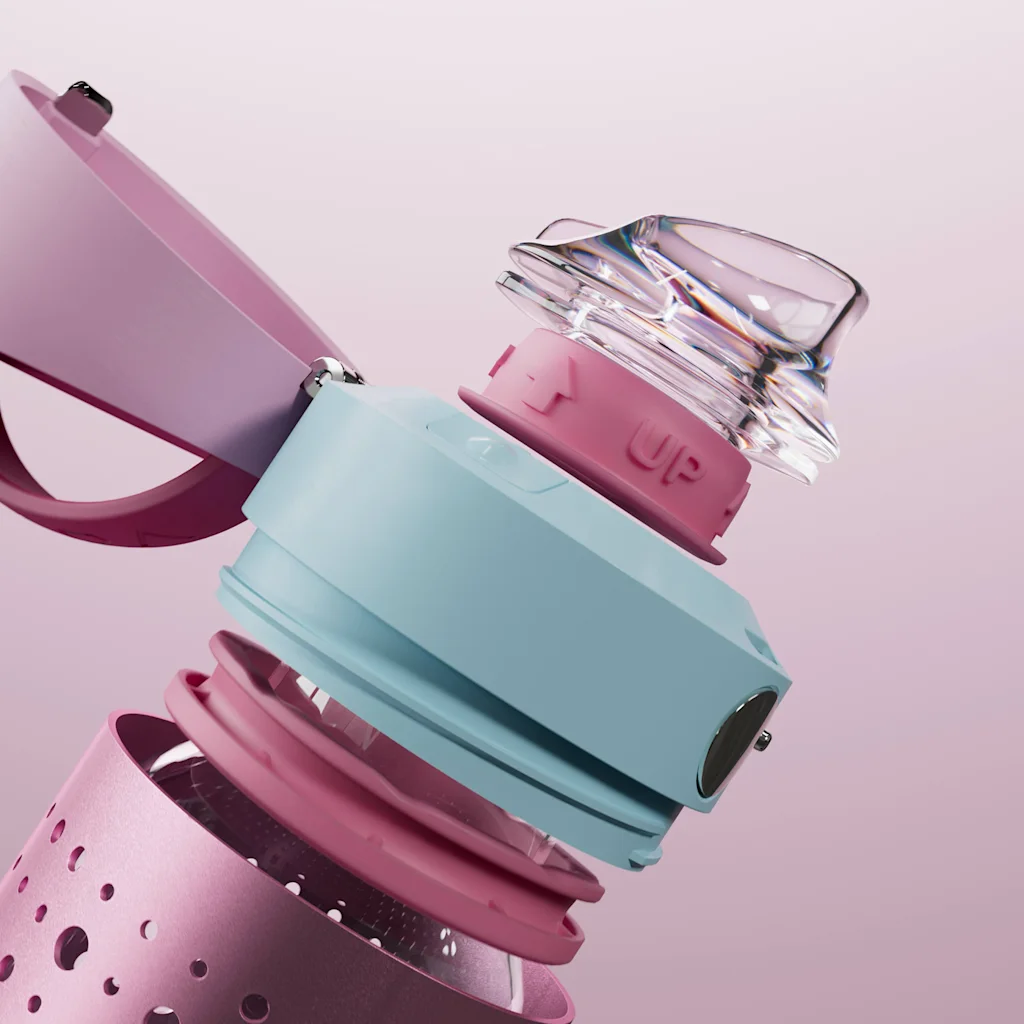
“HARDY ON TURBO”
One of those companies was Ideo. Thomas Overthun, Ideo’s executive director of industrial design, had worked with Steinmann on a line of Zyliss kitchen tools some 25 years ago. This time around, Steinmann explained what he wanted to create, and Overthun asked: “Why? Why a water bottle?”
Steinmann eventually showed up to an Ideo conference room with 300 water bottles and a challenge for Overthun: Find the one that you love. If you can’t, you have to take on the project.
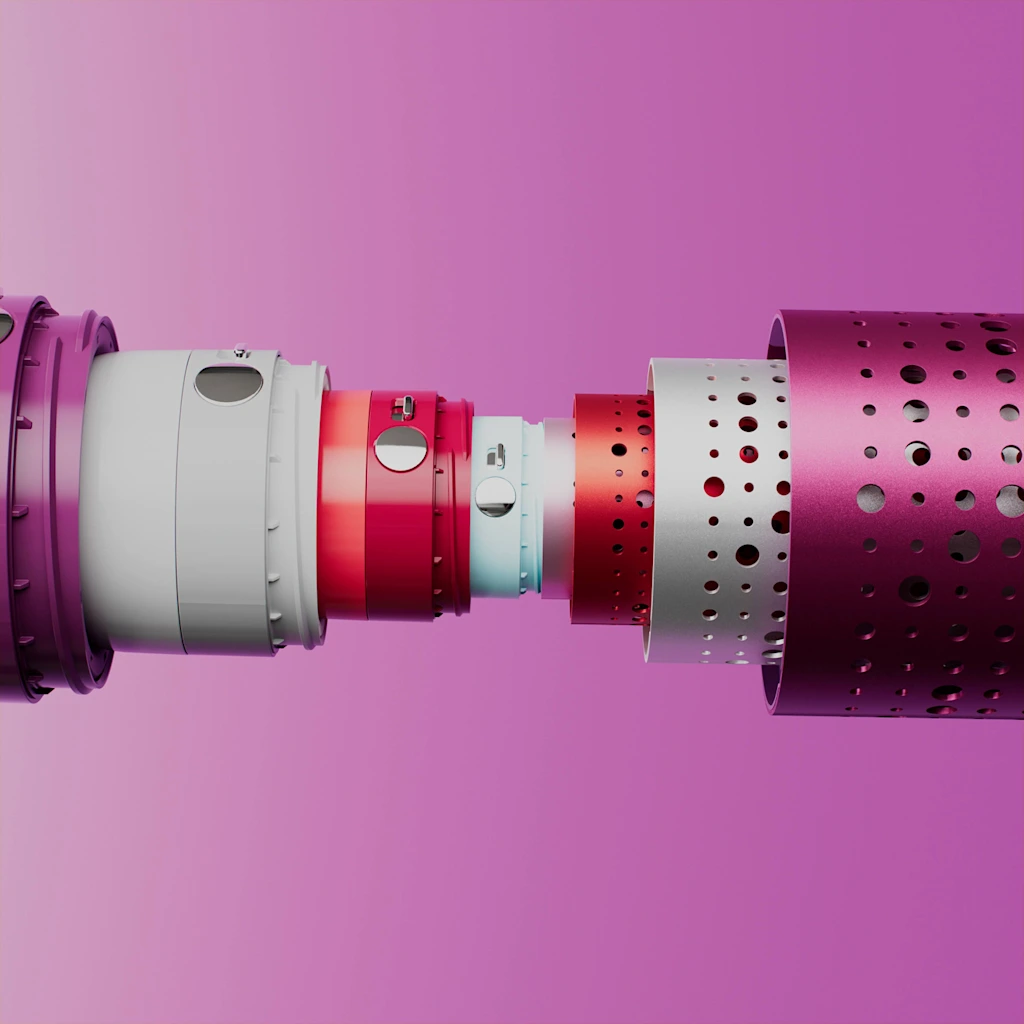
“Being a designer, of course you hate everything,” Overthun says. “It’s your job to be very critical. Maybe overly so. And I was like, ‘I can’t find a good bottle.’”
One additional thing Steinmann brought with him was a small Japanese perfume bottle, which was made of glass housed within aluminum. It formed the core for what Steinmann wanted Ideo’s help in creating.
At the time, Steinmann says, he assumed the whole project would take three to five years. Now, a decade later, he attributes the extended timeframe partly to the pandemic. But with his animated passion, Steinmann comes off as the type of person who does not like to compromise.
“Hardy is not easy to please,” Overthun says. “And, you know, this was his own company, so it was Hardy on turbo with his very meticulous attitude.”
Or, as Steinmann puts it, “I’m focusing on the challenge, and the more impossible it is, the more I’m going to try to do it. . . . I want to really push everything to the absolute limit. That’s in my nature.”

MEDICAL-GRADE H20
The Okapa project (so named because Steinmann worked in marketing and sales in Okapa, Papua New Guinea, early in his career) is unusual in its material. Microplastics are a constant talking point these days, but Steinmann says steel bottles can have issues of their own, as they can develop slight porousness when cleaned and bacteria can develop there. So for Okapa, he opted for medical-grade borosilicate glass for its lack of porosity, along with its high shock absorbance.
To develop the bottle and its housing, he says he spent nearly every other week at Ideo in San Francisco for a year. Overthun says the team decided early on to use aluminum for the protective housing because it wouldn’t be too heavy, and it would take to various quality finishes.
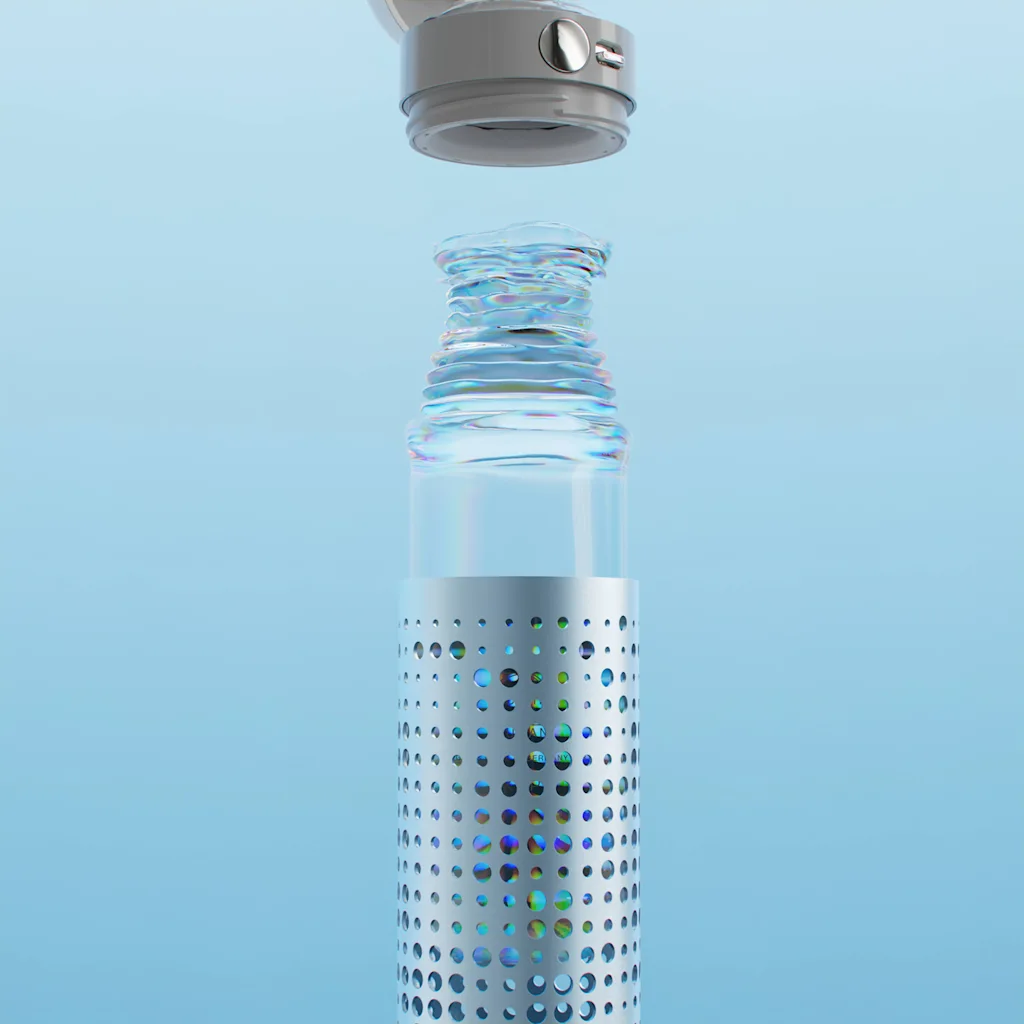
The bottle within that housing is suspended between two silicon bumpers at the top and bottom, allowing it to float in between without touching anything else. Steinmann likens it to a high-end watch movement.
While the glass can keep a drink cool or hot for a bit, it lacks the impressive insulation capabilities that many contemporary bottles boast. Steinmann counters, “You can actually drink boiling coffee [in an Okapa], but to be fair, you have to drink it within two to three hours. If you don’t drink coffee within two to three hours, then you don’t need coffee.”
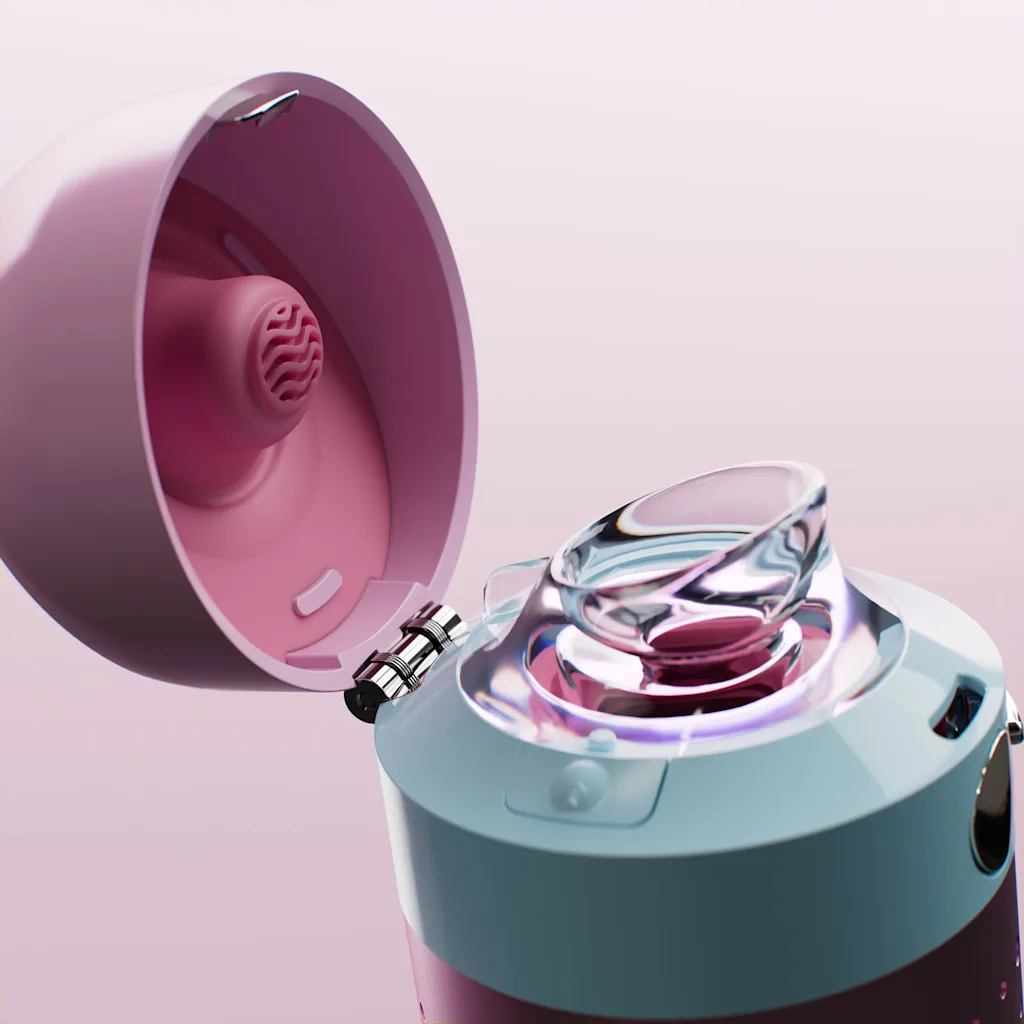
Instead, the Okapa doubles down on hygiene. The eight modular pieces of the bottle, all of which are fully recyclable, can be quickly disassembled Lego-style and cleaned. The cap is made from food-grade Swiss-engineered Grilamid TR90; the button to pop the lid open, the lock, and other mechanisms are made with corrosion-resistant Nitronic 60 stainless steel, which Okapa notes is used in the medical field.
To improve on lids that wear out over time in general, Okapa’s feature an inner titanium pin and a hinge that springs open at the push of a button, stays back while drinking rather than collapsing into your nose, and glides closed with a (likely painstakingly scrutinized) click. Steinmann also wanted the entire unit to fit into a car’s cupholder and provide seamless one-handed operation, which, indeed, it does.
Finally, Overthun says the team spent significant time crafting a mouthpiece that feels organically good to use, and which also clicks out for easy cleaning (naturally, it boasts an Easter egg hologram inside, too).
“We had to touch on every point which is faulty and improve it by miles,” Steinmann says.
After hashing out the initial form factor with Ideo, Steinmann traveled literal miles farther to realize the rest of the bottle. He worked with factories in Switzerland, Germany, Portugal, and Japan, calling on metallurgists and other specialists. Overthun says Okapa was basically a startup with a full-time staff of one, and Steinmann managed to find manufacturers to help with the finer points of engineering, testing, and production.
“[Hardy and I] would talk a couple of times every year, and I was like, Is he really gonna pull this off?” Overthun says. “I always just really admired his tenacity, and we all believed in the project. We wanted to see it, but it was really Hardy’s tenacity that brought it there.”
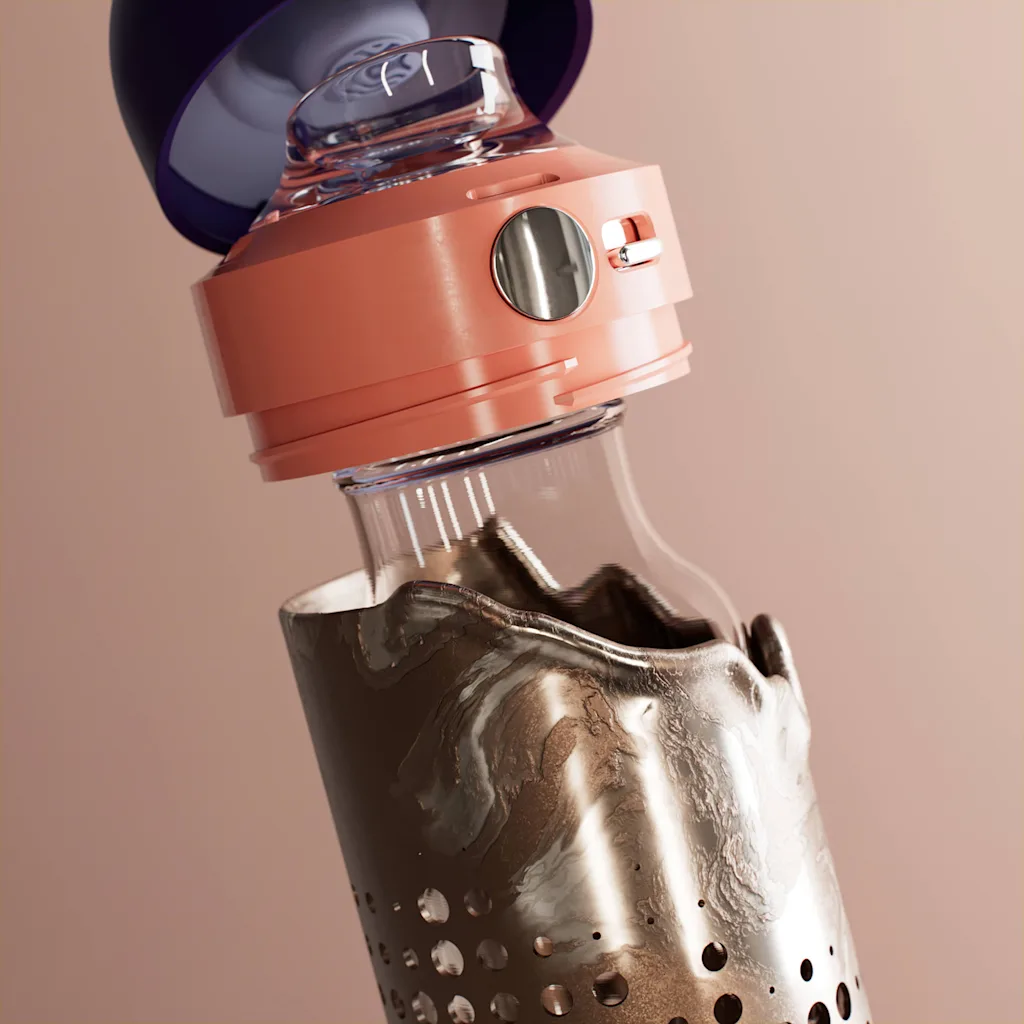
THE QUEST FOR CULT
Steinmann soft-launched the bottle earlier this year without much fanfare. It was both a strategic and logistical decision. With the glass bottle being made in Germany and the other components in various other places, he says the quiet launch was partly due to the fluctuating tariffs rolled out by the Trump administration. “But, to be perfectly honest, I wanted to also launch it like the best-kept secret—carefully,” he says. “I believe [with a price of] $295, you cannot hit people over the head. You let them marinate. There’s an educational process.”
He adds that the bottle is currently “selling well,” and that the company’s next step is going to be showcasing the intricate nature of how it’s made, with a focus on social media, influencers, and so on.
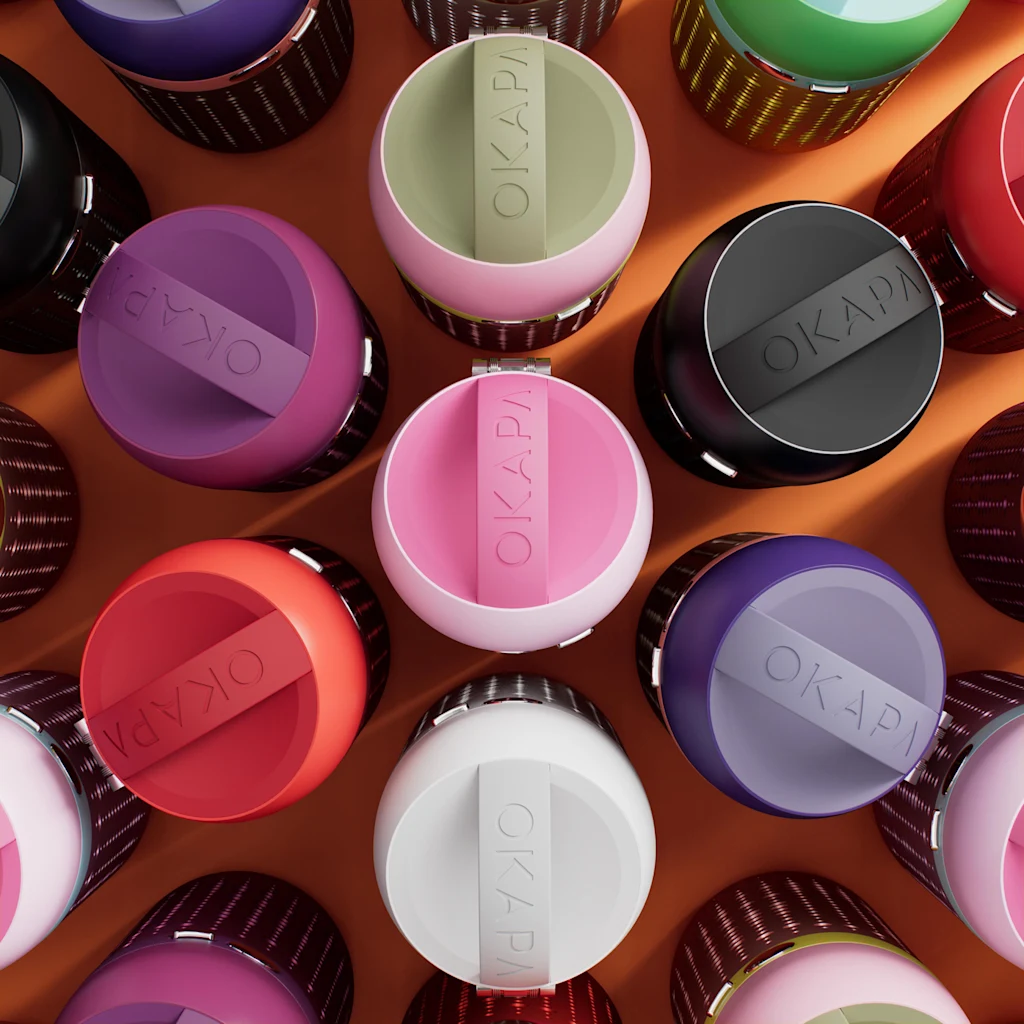
I’m no influencer, but when I was testing the bottle a friend asked what, exactly, justifies the price. There’s the hygiene aspect, the long R&D road, the materials. But when it comes down to it, luxury doesn’t always mean better. Often, it just means “luxury.” And a brand name. Time will tell whether Okapa can become one.
Overthun sees the bottle as falling into the category of small luxuries, akin to how fashion brands capitalize on accessories. He believes Steinmann needs to foster a cult following around it, and that it will be a slow build. But hey, if anyone has a shot at playing the long game, it may as well be Hardy Steinmann.
“He’s a crazy man,” Overthun says. “In a good way.”
What's Your Reaction?
 Like
0
Like
0
 Dislike
0
Dislike
0
 Love
0
Love
0
 Funny
0
Funny
0
 Angry
0
Angry
0
 Sad
0
Sad
0
 Wow
0
Wow
0




